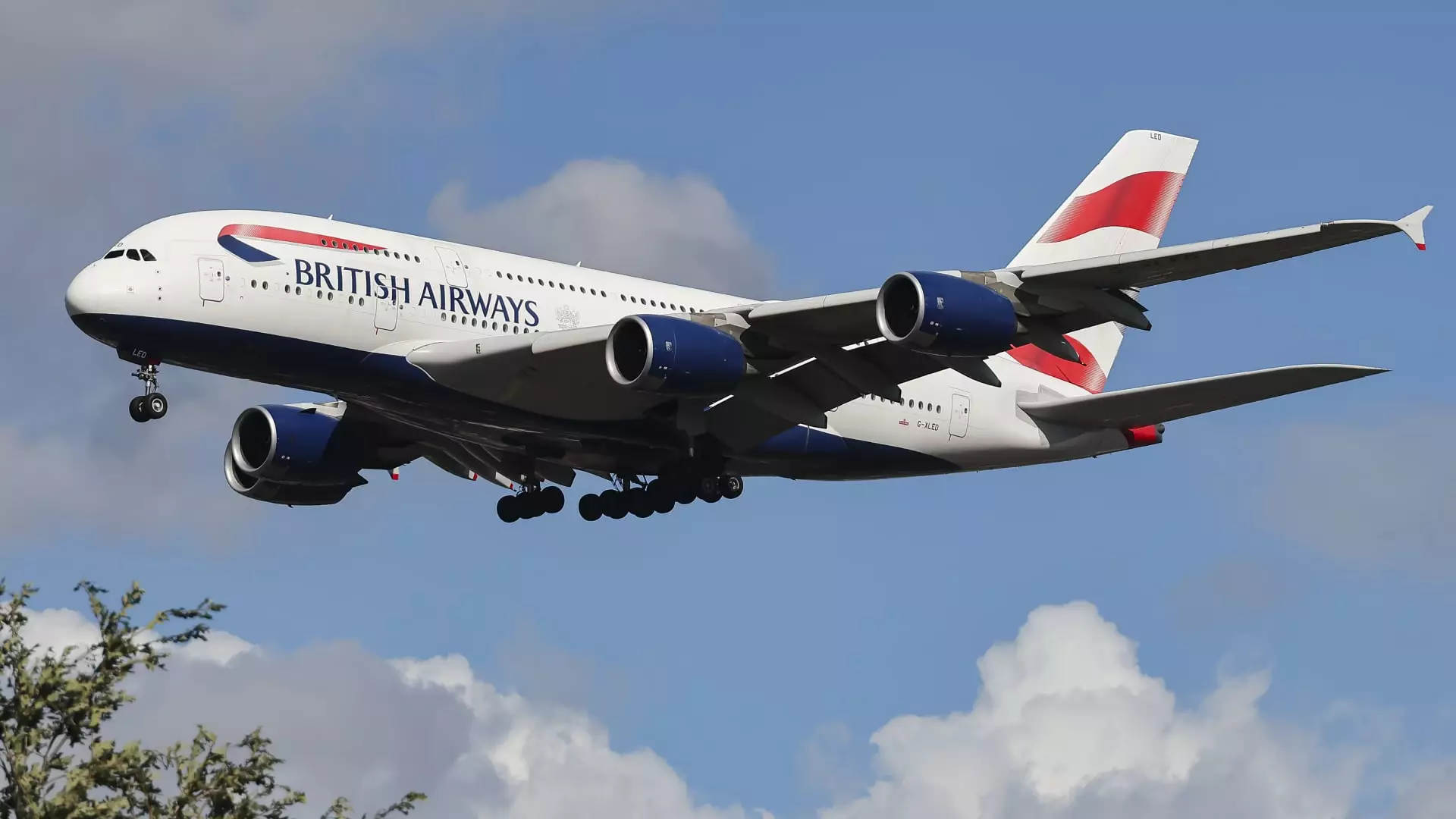In recent months, the landscape of international aviation has dramatically evolved, particularly concerning routes to and from China. Major global airlines are re-evaluating their presence in this crucial market, with some completely withdrawing their services. The reasons behind this significant shift are multifaceted, encompassing rising operational costs, decreased demand, and geopolitical factors that exacerbate the situation. This article delves into the current challenges faced by airlines in maintaining connectivity with China and what this retreat signifies for the global aviation sector.
The Impact of Geopolitical Tensions
The closure of Russian airspace following the Ukraine conflict has profoundly impacted airline operations. Western nations, including the EU and the UK, imposed strict limitations on Russian carriers, with Russia retaliating by grounding Western airlines seeking to access Asia through its airspace. This enforced diversion requires longer flight paths, which dramatically increases fuel expenses and operational costs. While Chinese airlines are not subject to these restrictions, allowing them to operate more efficiently and economically compared to their Western counterparts, international airlines are cornered into making tough choices about their China routes.
Prominent carriers like Virgin Atlantic and Scandinavian Airlines have pulled out entirely from China, marking an end to decades of operational history within the region. The closure of Virgin Atlantic’s Hong Kong flights in 2022 represents a decisive withdrawal from a once-bustling market. According to aviation analyst John Grant from OAG, this phenomenon is unlikely to reverse soon, stating, “The situation is going to get more pronounced before it gets any better.” This withdrawal is not just a trend; it’s a reflexive response to crippling operational challenges.
Another critical factor contributing to the exodus of airlines from China is the stark decline in demand for travel to and from the country. Economic hardships within China have had a notable impact on outbound travel, while a lack of international interest further dampens inbound tourism. In 2019, the country welcomed nearly 49 million visitors, a stark contrast to the mere 17.25 million arrivals recorded so far in 2023. Such figures reflect not only the aftermath of the pandemic but also the lingering effects of economic uncertainty.
Even as some airlines are reallocating resources to routes with healthier demand, such as British Airways’ shift from Beijing to Cape Town, the overall trend points to a broader struggle for Chinese air travel to regain its former prominence. Grant highlights how the load factor—an indicator of how full an airline’s service is—has improved from 55% on the Beijing route to 90% on the more popular Cape Town service, showing a clear preference for routes that deliver better returns.
Airlines’ Strategic Decisions
The decision to retreat from China represents a calculated move by airlines to prioritize financial stability and efficiency. For many, the concept of ‘hanging on’ to frequencies in anticipation of a market recovery is becoming less viable. U.S. carriers, though less immediately affected by airspace issues compared to their European counterparts, have also opted to scale back their Chinese services and redirect their planes to routes with more promising prospects, underscoring the prevailing sentiment of caution within the industry.
Grant points out that this strategic withdrawal may be short-sighted in some respects, as it could restrict airlines’ slot availability when—and if—China’s travel demand rebounds. The notion of lost market share to Chinese carriers in a recovering market adds a layer of complexity to future operations.
As it stands, China is poised to command 82% of flights connecting it to Europe this winter, a significant increase from 56% before the pandemic. This situation not only showcases the resilience of Chinese airlines but also highlights their desperation for revenue as they seek to restore some semblance of normalcy in flight operations. Despite their efforts, structural challenges remain that will hamper recovery over the short term.
In consideration of future trends, it is evident that Chinese airlines are vying for market relevance through an increase in capacity. With 18 new routes anticipated between China and Europe in the upcoming winter season, the competitive landscape is continually evolving. Whether this will translate into a resurgence of growth for international carriers or lead to an enduring decrease in transnational connectivity remains an open question.
The current retreat of major global airlines from China serves as a stark reminder of the vulnerabilities present within international air travel. Factors ranging from geopolitical conflicts to economic uncertainty and shifting demand patterns present daunting challenges. As airlines confront these realities, the aviation landscape will likely continue to undergo substantial changes, potentially altering global travel dynamics for years to come. The question remains: can international carriers find a path back to China, or will they find themselves permanently sidestepped in the growing shadow of domestic competitors?

